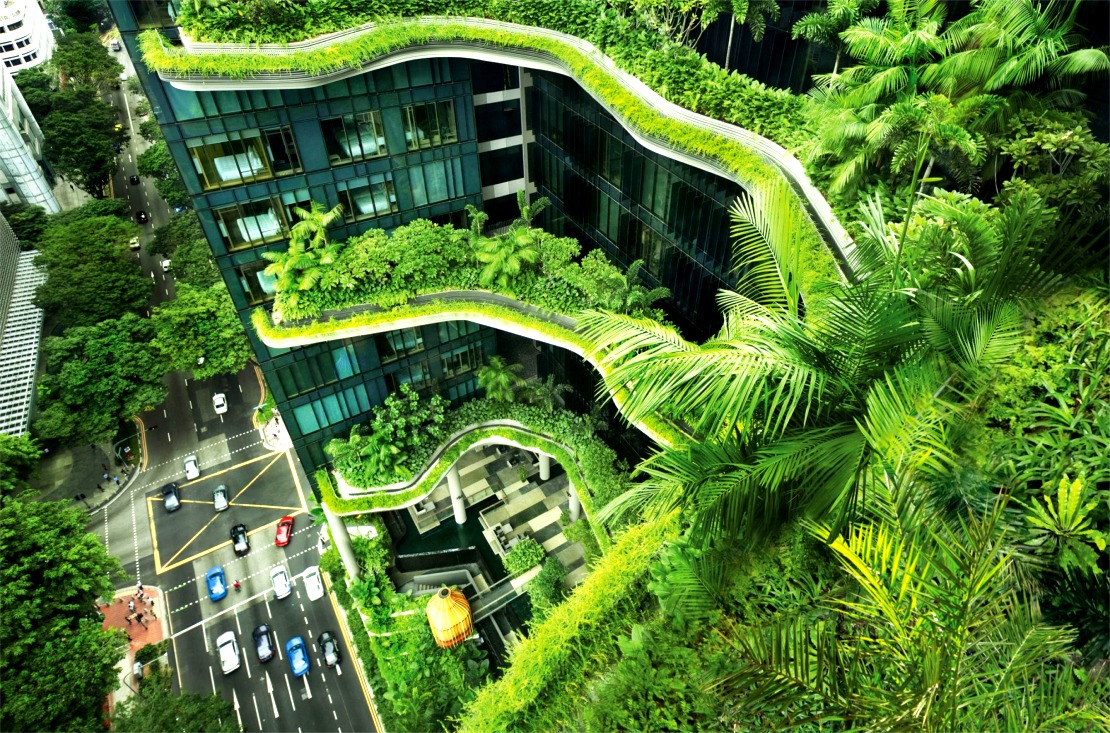Christopher DeWolf of Singapore Tatler writes:
It has been more than 30 years since French botanist Patrick Blanc pioneered vertical gardens. Today, it is possible to install a self-watering wall of greenery inside any apartment, and a number of architects have festooned their buildings with vegetation, including Woha. Parkroyal on Pickering contains nearly twice as much green space as the public park across the street.
Wellness is dependent on more than the gym you attend or the type of yoga you practise—the design of your home and office can boost your health and happiness, too
“The building standard is just a tool, but at the end of the day, it’s about human understanding and educating the general population about a better way of living and going to work,” says Xue Ya, director of the International Well Building Institute Asia.
Finding materials that don’t poison you is only one part of the challenge. The other is crafting a space that makes you feel at ease. “We are always looking for an honest expression of materials,” says Richard Hassell, co-founder of Singapore architecture firm Woha, which has won global attention for eco-friendly buildings designed with an eye to wellness.
“There’s a danger with artificial materials that give off this feeling of inauthenticity,” he says. Humans gravitate towards greenery and other natural elements, a phenomenon known as biophilia. But Hassel warns against fakery, like artificial flowers, moss or vines. “For example, if you initially have a biophilic reaction to a plant and then find out that it’s plastic, you feel a bit cheated—it’s like a mini shock to the system.”
Learn more:
Don’t miss the excellent video “Cool the City Cool the Blood“ by Jana Söderlund, Biophilic Designer, Biophilic Cities Australia Chair now playing in Greenroofs & Walls of the World™ Virtual Summit 2019 with Free Registration through January 31, 2020.
Read more: How to Design a Healthier and Happier Space at Home and in the Office
 Greenroofs.comConnecting the Planet + Living Architecture
Greenroofs.comConnecting the Planet + Living Architecture





